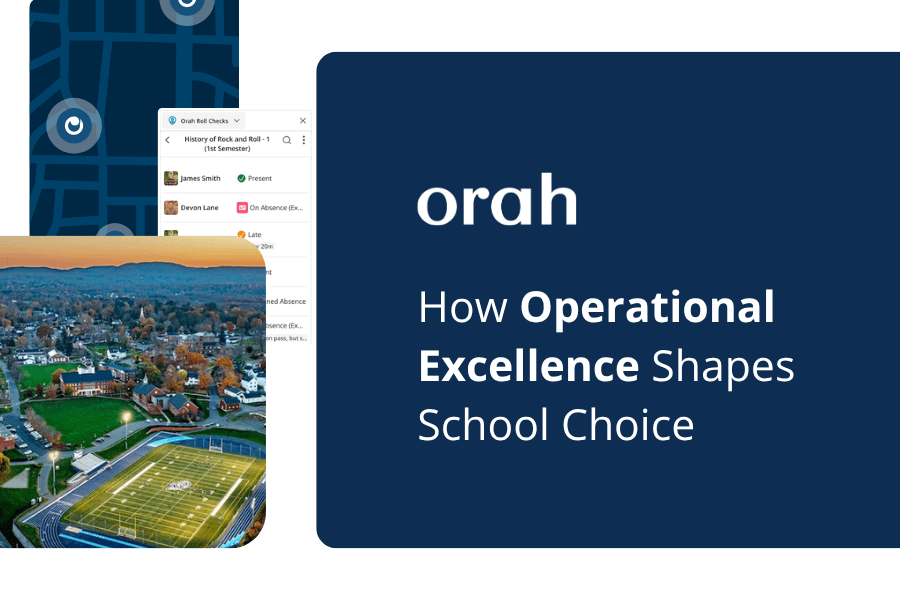What Does Student Engagement Look Like
Kavyapriya Sethu
•
May 3, 2022

Recently I listened to a story a mom narrated about her 6-year-old. She said it was easy to spot her 6-year-old’s engagement and passion when she is excited about something vs. her reluctance when it is something she doesn’t want to do. When they plan to go to the trampoline park, she is up and ready by the door 15 minutes early. Whereas, if it is a trip to the dentist, she has many excuses to not get out of bed, and they are running 15 minutes late. That got me thinking. If we were to draw parallels to the classroom, can you tell if your students engaged with learning and their school experience?
I am not just talking about students listening to your lessons and taking the occasional notes. I am asking if they are cognitively, behaviorally, and emotionally engaged.
We have all seen examples of students who work hard but still struggle with learning. That’s an example of someone who is behaviorally engaged but not cognitively engaged. Such students will struggle to perform alongside their peers and tend to feel demotivated. This might even impact their emotional engagement. Other times, they are curious about the subjects but don't believe school is helping them learn the things that interest them. Students learn best when all three areas of engagement are met. And that's the very reason why we need to prioritize all three dimensions of student engagement.
Now, going back to the previous question—can teachers know if students are feeling engaged? Yes, there are some indicators you can look for to understand how your students are faring.
Indicators of student engagement
Cognitive engagement
This is your Hermoine Granger. This type of student walks into the class and lays out all their materials onto their desk—pen, notebook, reading material, they got it all covered. Their hand is the first to shoot up when you ask a question. Not just that. They ask follow-up questions and try to connect them with their ideas. When assigned homework, you can expect them to finish it (rather enthusiastically, I might add) and turn it in on time. They might also be the ones who take the lead on group activities and rally everyone to get things done. They are generally curious about the subjects. And they seek out your help to understand the concepts better. They might even go a step further and pick up books and materials outside of the syllabus.
.gif)
Behavioral engagement
Academic engagement is broadly defined as how, and the extent to which students are committed to or involved in school. It represents daily interactions between students and their learning contexts (Fredricks et al. 2004; Suarez-Orozco et al. 2009). A commonly studied dimension is behavioral engagement. It refers to students’ participation in academic activities and efforts to perform academic tasks.

This dimension is probably the easiest to suss out as there are some clear cues, and they are as follows:
- Students come to class on time
- They have their material in hand and not slacking
- They pay attention to the teacher and what is being taught.
- They don’t disrupt your class by talking, making jokes, or other problematic behaviors
- They engage in group activities with their classmates
- They speak to you in a tone that conveys respect
- They are respectful of their peers as well and don’t cause trouble for them
Emotional Engagement
Now comes the tricky part. Emotional engagement is difficult to gauge. It translates to students’ feelings about their teacher, classroom, and general school experience. Do they have a sense of belonging at school? How valuable do they view their work to be?
And how do we accurately assess these?

However, some external indicators sometimes show us whether they are emotionally engaged or disengaged. A student walks into the classroom and makes a beeline to the backbenches. They don’t actively participate in school activities. Neither do they look interested nor looking to connect with their peers.
But these are not always easy to measure. The best way to know is to simply ask your students. Gallup measures student emotional engagement by asking students to rate the following five statements from 1 (strongly disagree) to 5 (strongly agree).
- I have a best friend at school.
- I feel safe in this school.
- My teachers make me feel my schoolwork is important.
- At this school, I have the opportunity to do what I do best every day.
- In the last seven 7 days, I have received recognition or praise for doing good schoolwork.
A similar survey can be sent out to students. The data can help you understand how students are feeling and which areas you need to work on.
Work towards building a more engaged classroom
It is not always possible to know what exactly is going on in the minds of each student. Some indicators (like what we discussed above) can shed light on the thoughts and feelings of your students. So be on the lookout for such cues. Also, actively work together (with parents, other staff, and students themselves) to get feedback on what measures can be taken or improved to support student learning and growth. It can help you develop a progressively more engaged classroom.
Engagement is a two-way street and modern tools like Orah can help you build a scalable approach. Orah is a simple yet comprehensive tool that can be leveraged for gathering and assessing student data, encouraging families to become more engaged with their child’s learning, and driving stronger collaboration. It also facilitates seamless communication between students, schools, and families.
*(Hermoine Granger was also emotionally and behaviorally engaged with her school and the learning process. The behavior aspect was rather obvious. She came to class on time, took notes diligently, and asked questions. But the emotional element…that’s a tricky one. In her case, she considered Hogwarts her second home. She deeply respected all her teachers and worked to make them feel proud of her. I believe, because all the three areas of engagement were met, she returned to Hogwarts even after the war to complete her education.)
Download your guide to knowing where students are
When you sign up, we'll send you a guide detailing what it takes to setup your daily operations to maintain student location awareness using your routine school processes like attendance, student leave, late arrivals, early dismissals & emergencies. You'll also recieve an invite to join the Orah community and get the quarterly newsletter.














